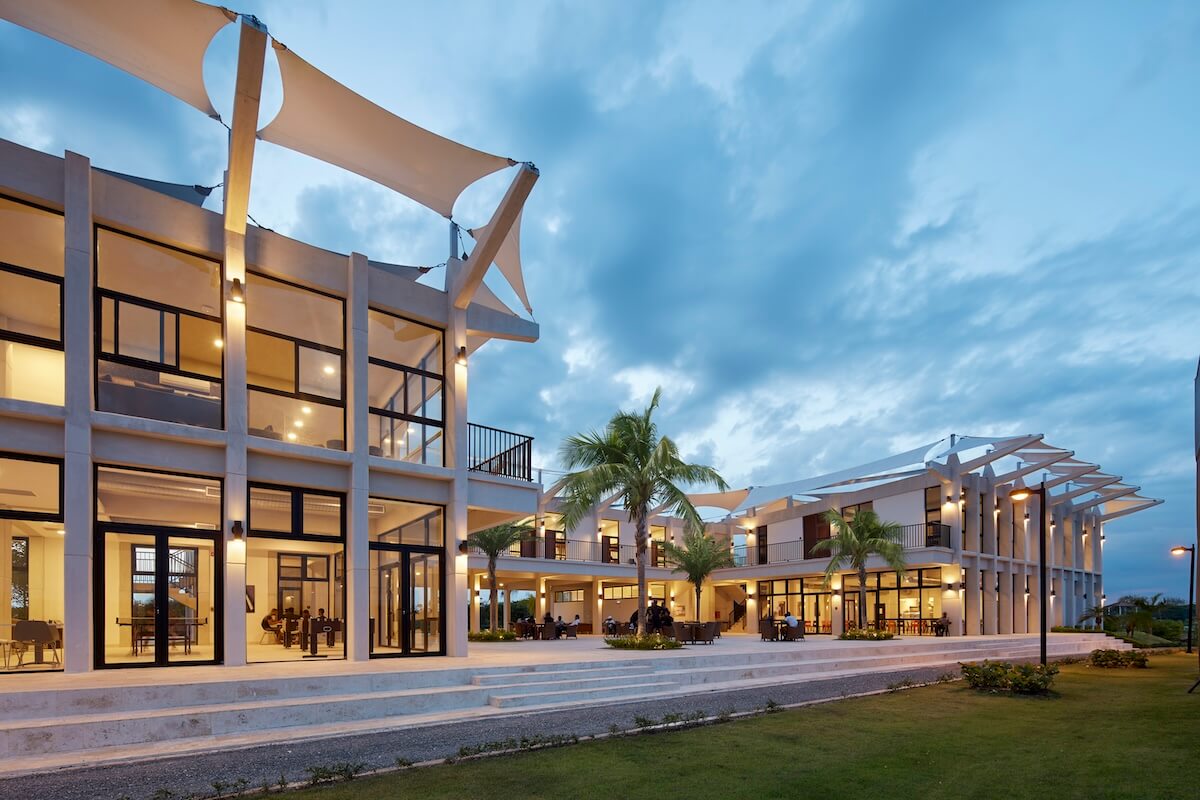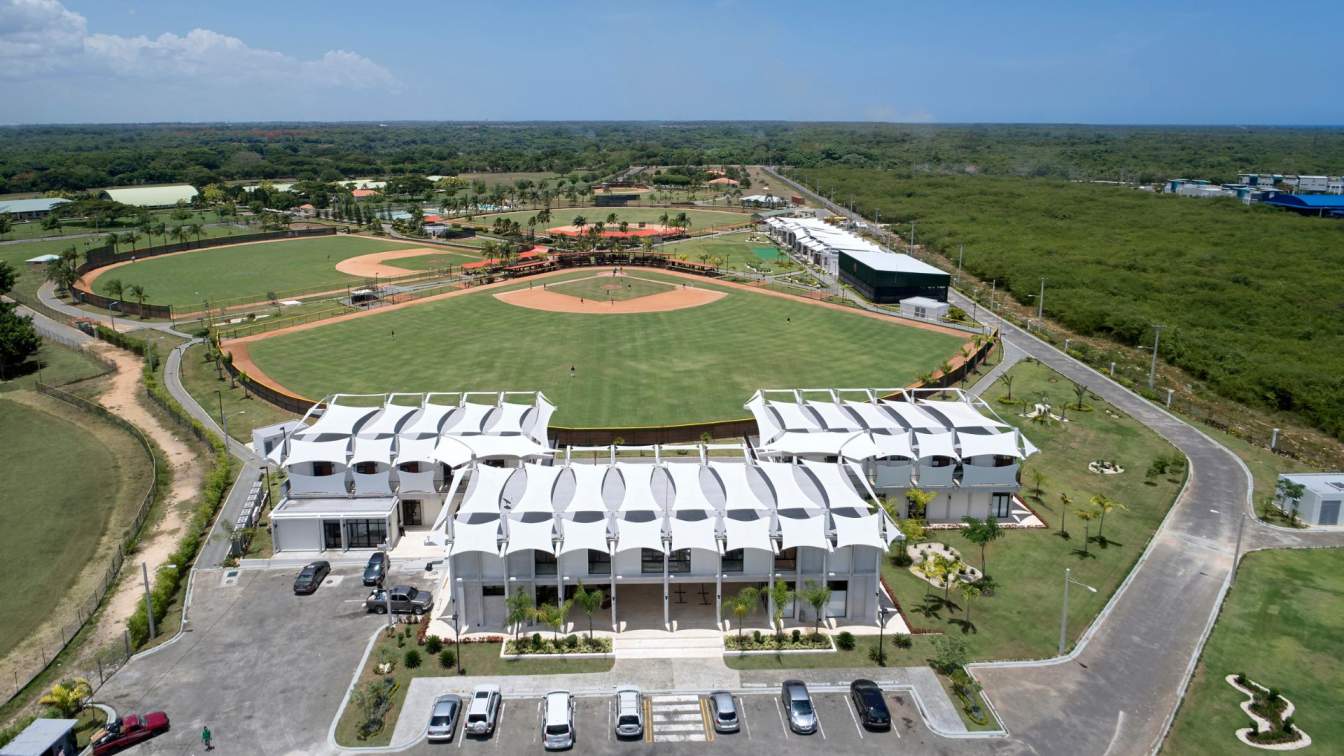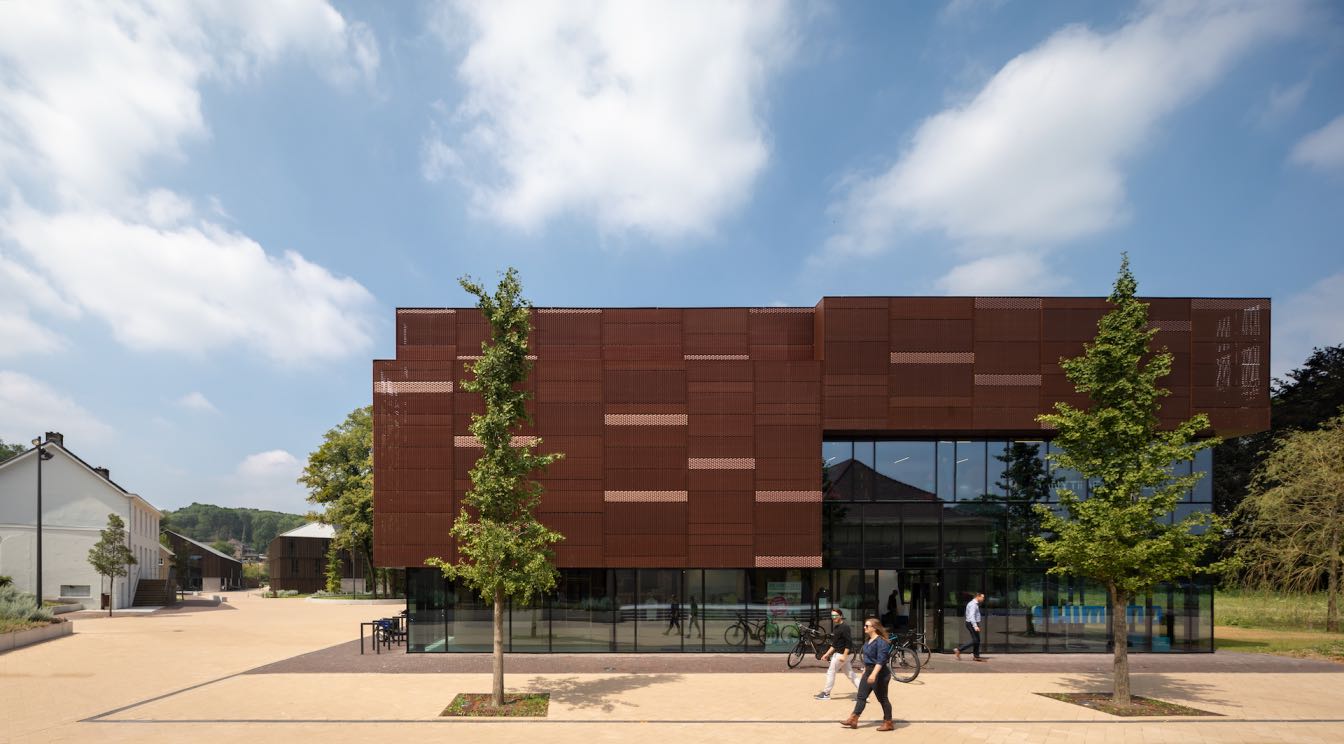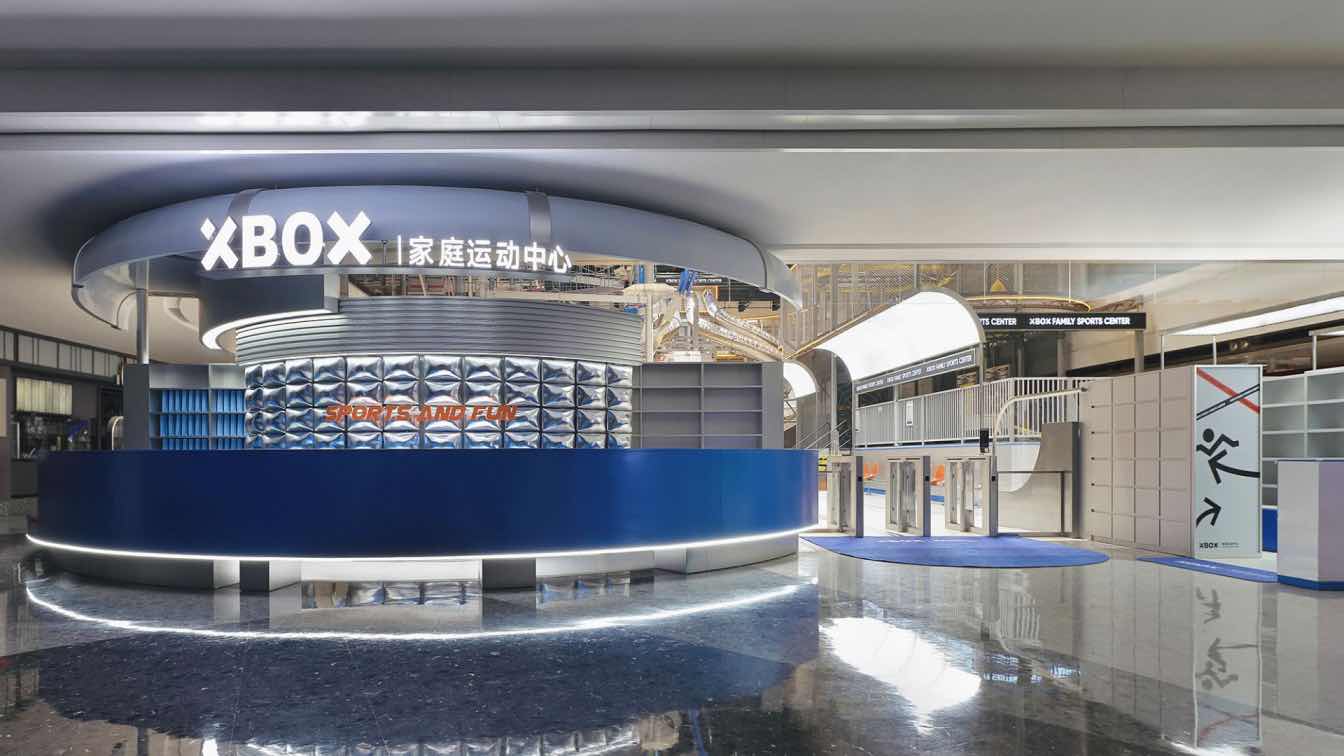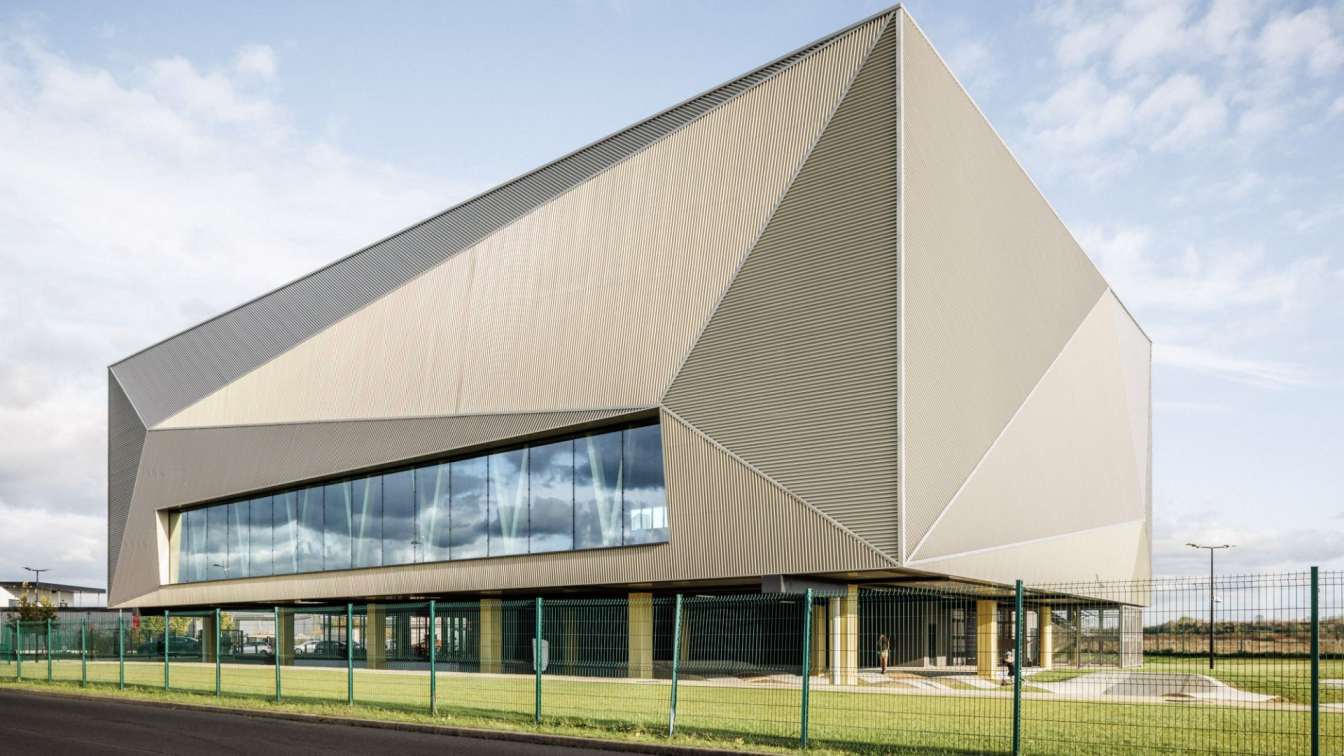jones | haydu: Central and South America have proven to be a hotbed of talent for baseball. The heart of this talent has become the Dominican Republic. Since the 50s, Major League Baseball has actively worked to develop talent in the region. As part of this development, all Major League teams have established an academy in the Dominican Republic. These academies look for talented players in their teens and invite them to train with them. Beyond teaching these young athletes about baseball, the academies also teach them other subjects that would be necessary should they succeed in securing a professional contract: English, Home economics, for example.
The first player from the Dominican Republic to be signed to a Major League team was Ozzie Virgil, who signed with the New York Giants in 1956. The Giants have a long history in the Dominican Republic. Their goal was to construct a facility which reflects their commitment to the country and to the individual players. They wanted a facility that stresses the importance of the country, the region, and its players to their team.
The program for the facility is divided into two main buildings, an athletic building, and a residential building. The 12,217-square-foot athletic building contains all the administrative offices, the clubhouse, locker room, weight room, and other training facilities. The athletic building is situated at the entrance to the facility and centered between the three main baseball diamonds. All operations within the athletic building have direct access, and a view, to the fields.

The 27,423-square-foot, two-story residential building sits on the edge of the campus, containing beds for over 50 players and 8 coaches on the upper floor. The ground floor contains a dining hall, classrooms, computer rooms, and lounge space. The building is separated into three wings around a courtyard. The courtyard is the focal point, surrounded by the social spaces, and centered on the game field. As part of the formal entry to the building, there is a covered social space also centered on the courtyard. This space is intended to provide an outside social gathering space, sheltered from the Caribbean sun, much like the palapas found throughout the region.
Much of the design is informed not just by the program, but also by the site and climate. One of the most visible design features for the project is the fly roof. The fly roof is in response to the tropical climate. In this climate, the bulk of heat gain comes from above, through the roof. The fly roof serves as an enormous shading device for the buildings. The structures themselves reflect the typical vernacular building practice in the Dominican Republic, concrete block structures within concrete frames. The materials and finishes are kept to a minimal palette, and one that reflects primarily materials native to the region, highlighted primarily by Coralina limestone. This limestone is found throughout the country and is used in some of the oldest structures and streets in the Colonial Americas.













